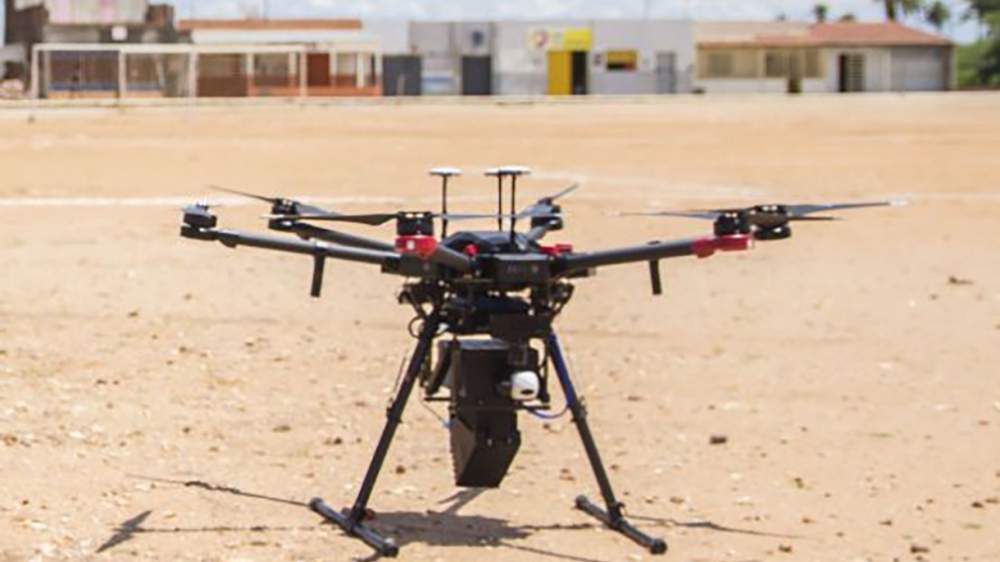A new study from the International Atomic Energy (IAEA) uses drones to increase the effectiveness and reduce costs related to using the nuclear technique that aims to suppress disease-carrying mosquitoes. This is a significant step in deploying this method on a large-scale basis to control the mosquitoes causing dengue, yellow fever, and Zika.
The researchers published their results in the journal Science Robotics this week. They tested the drones to release sterile mosquitoes as part of the Sterile Insect Technique (SIT), a method of birth control used successfully for decades to fight agricultural pests.
Scientists have been working on the same method for mosquitoes. In an earlier report by Science Times, a UK-based company has genetically engineered male mosquitoes that will mate with a female mosquito which genes get passed down to their offspring.
But SIT uses radiation to make the mass-reared male insects sterile, which are then released to mate with female mosquitos. These do not produce any offspring, which would lead to the decline of the insect’s population.
Drone Releases 50,000 Sterile Mosquitoes
The drones’ role in the success of SIT is to have a uniform release of large numbers of sterile male mosquitoes in good condition to compete with their wild counterparts.
The drone was first tested in Brazil in April 2018, which carried 50,000 sterile male mosquitoes per flight to over 20 hectares of land in just 10 minutes.
Study lead author, Jeremy Bouyer, a medical entomologist at the Joint Food and Agriculture Organization of the United Nations (FAO) of the IAEA Programme for Nuclear Techniques in Food and Agriculture, said that the results of their study represent a significant breakthrough for expanding the use of SIT in suppressing the disease-carrying mosquitoes.
In deploying the mosquitoes, they should be cautious as the long fragile legs, and delicate wings of the insect can easily be damaged through air release by commonly used methods of SIT, such as airplanes and gyrocopters.
That is why, until now, SIT is still done using costly, labor-intensive, and time-consuming ground releases.
Drone-based Release Mechanism and SIT
According to Bouyer, the drone test had added benefit of proving that mosquitoes sterilized with radiation are competitive to mate with wild females.
The field test was carried out around the city of Juazeiro in Bahia, Brazil, by IAEA in partnership with the FAO and the Swiss-American non-profit group WeRobotics, and in collaboration with the country’s Moscamed program.
IAEA and its partners are developing a smaller version of the drone that can carry about 30,000 mosquitoes, wherein it meets stringent regulations for flying drones in the cities, where Aedes mosquitoes tend to concentrate.
The developer is also working to refine methods to separate male and female insects during the mass-rearing process, which is done by hand, therefore increases its costs. But it is important to prevent female mosquitoes from escaping as they are the ones who bite.
SIT has been used for over 60 years to fight agricultural pests and was just recently adapted to fight against mosquitoes. IAEA is working closely with WHO to gather epidemiological data on the efficacy of SIT in reducing disease transmission caused by the mosquitoes.
The research paper can be accessed here.
Photo: WeRobotics
Source: Science Times

